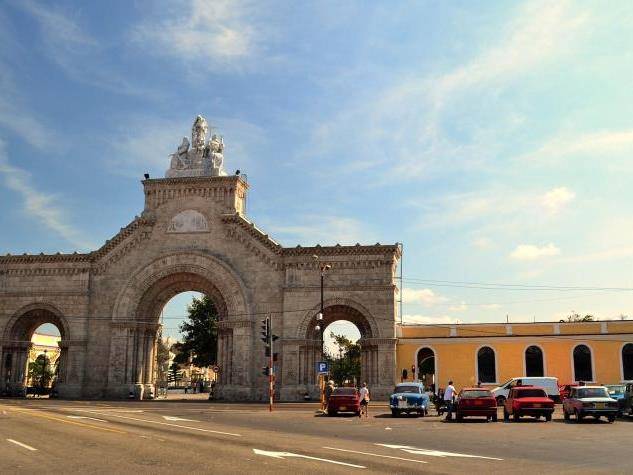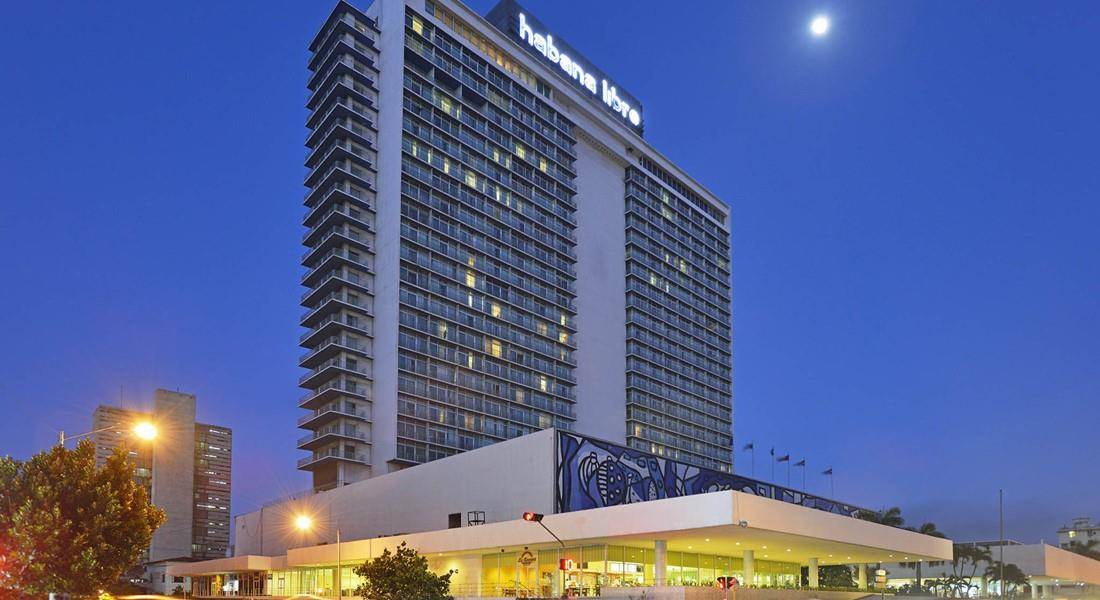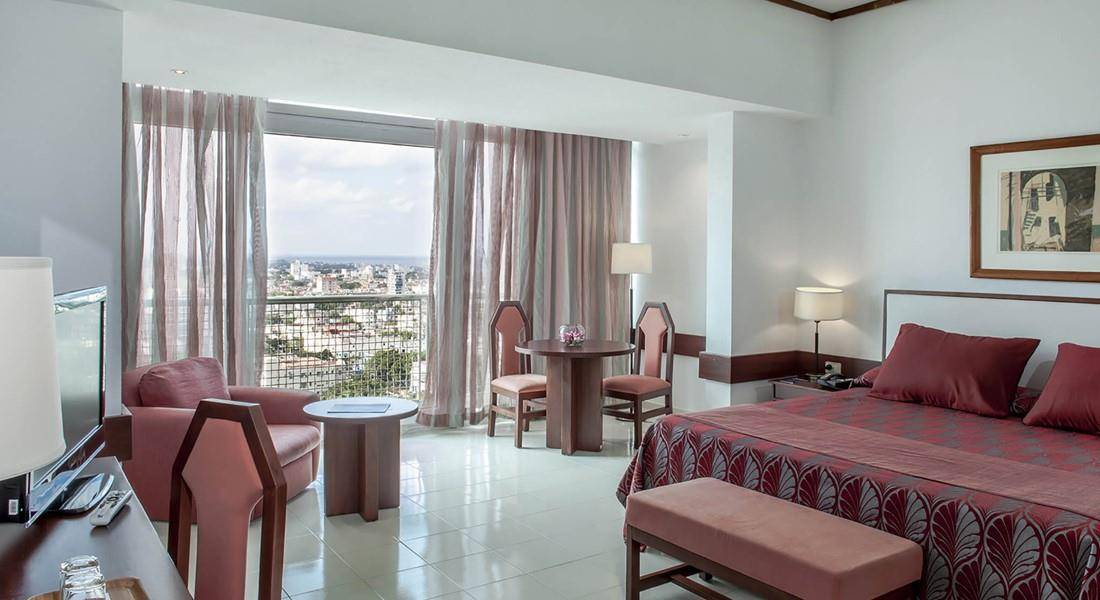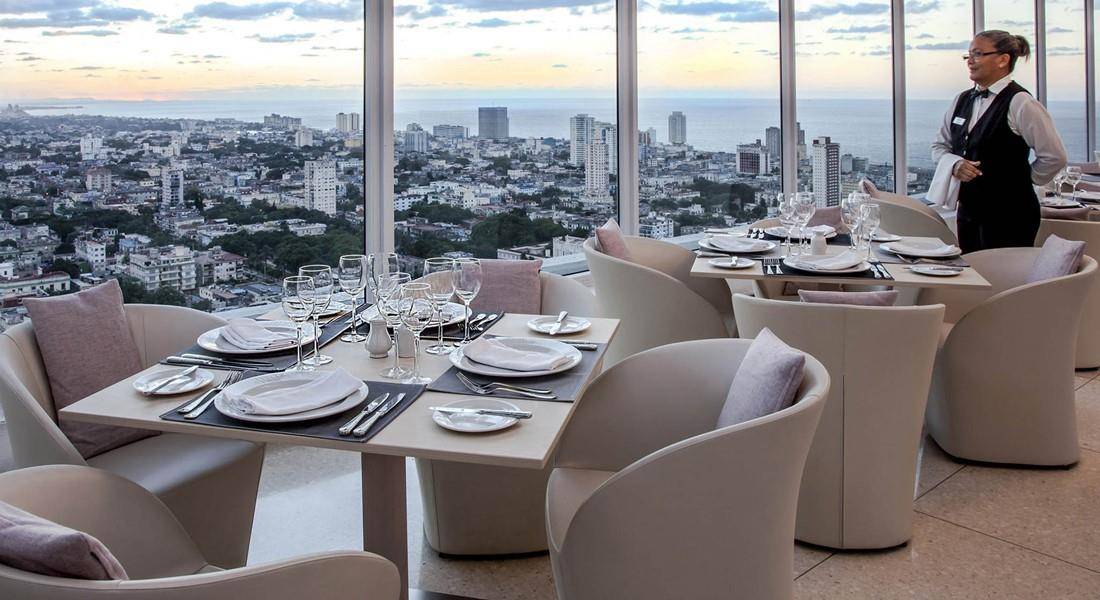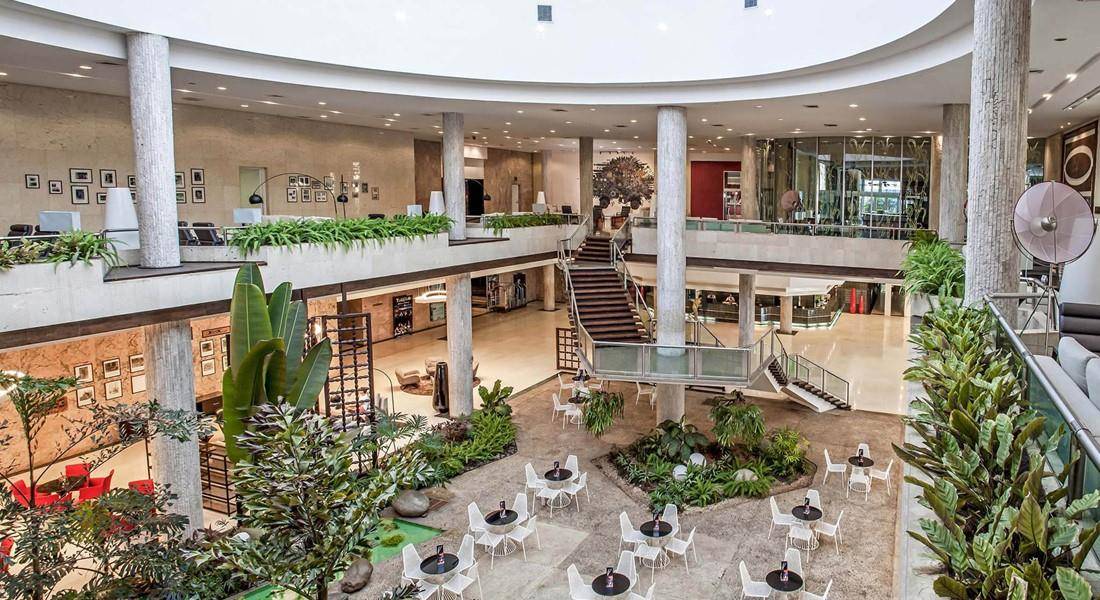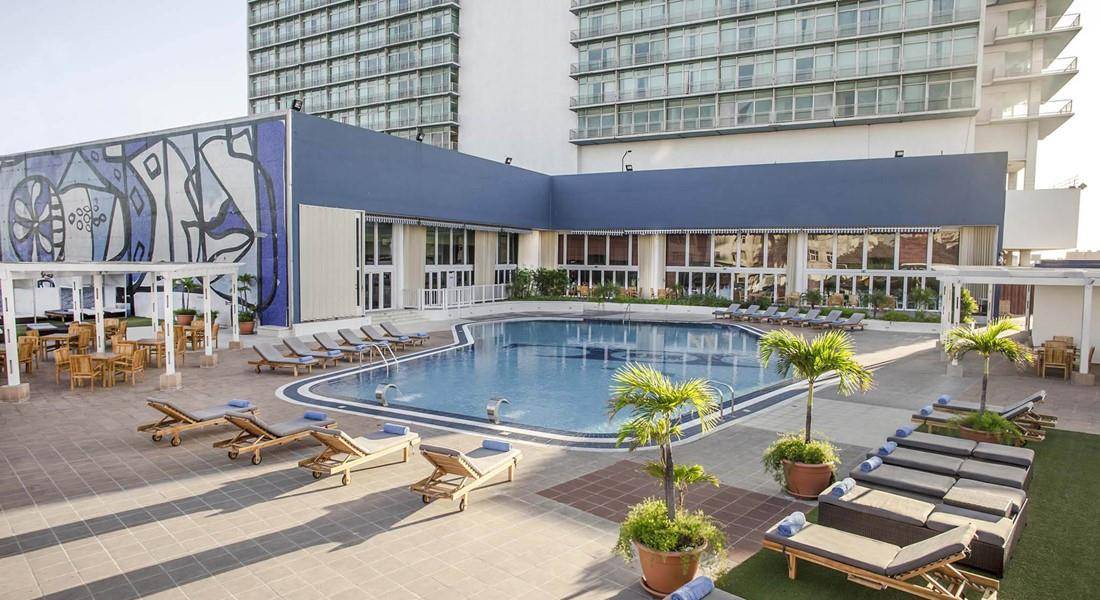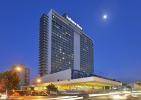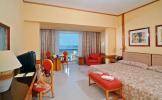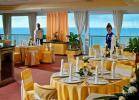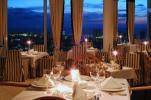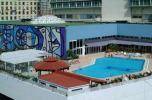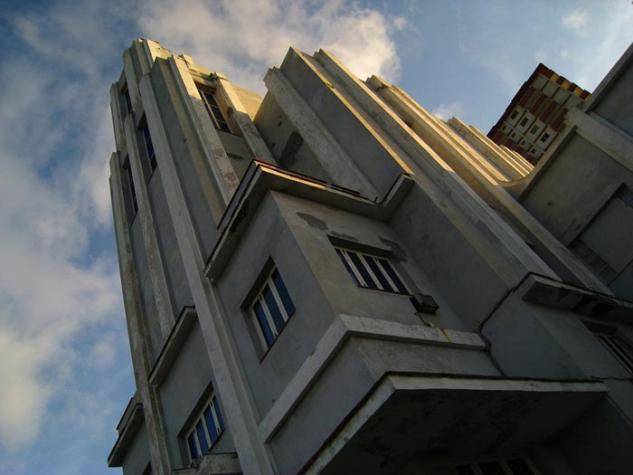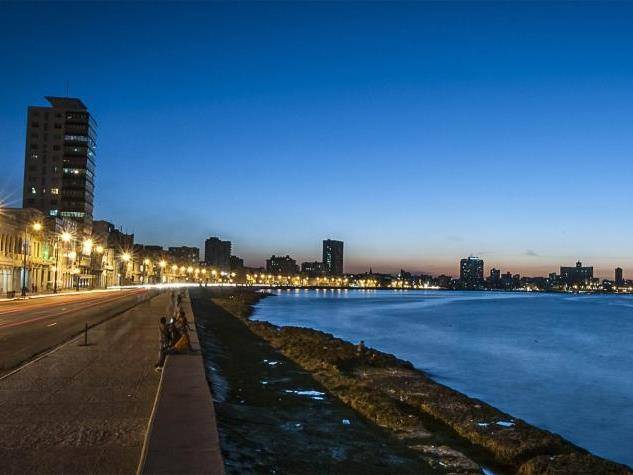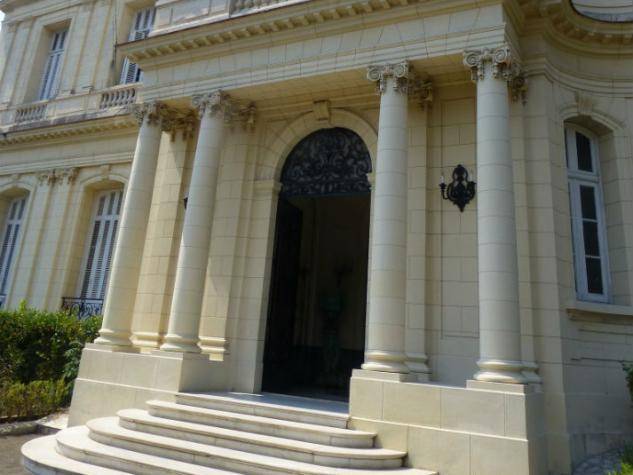About
Tryp Habana Libre
Located in the heart of Havana, in the famous area of La Rampa and near the famous Coppelia ice cream parlour and Havana University, the mythical ceramic façade gives this hotel its casual yet elegant atmosphere.
Located in the centre of Havana, right at the beginning of La Rampa
Original decor with works of art by well-known Cuban artists
Superb panoramic views of the city, the sea, the sunsets and the sunrises over El Malecón
Specialist restaurants, amongst the best in the city
Nightclub with a retractable roof, inviting you to enjoy a wonderful Cuban night under the stars
Unique hotel that was a Seat of Government and climbed by Alain Robert, the so called “Superman”
Considered the most “superlative” hotel: the tallest, the best located, the most rooms, the biggest rooms, the most meeting rooms and biggest meeting rooms, the most cosmopolitan and the most centrally located Meliá Cuba hotel in Havana.
Combining art with a convention style and leisure ambience, while offering great value for money. An architecturally important building with 25 floors in 1950s style, the iconic Tryp Habana Libre is an reference point in the city for events and meetings, distinguished by its central location, decoration including works of art by well-known Cuban artists, and panoramic views of the city and the sea thanks to a location 137 metres above sea level.
This four star city hotel is located in the centre of Havana, in the popular area of La Rampa in Vedado, and near cinemas, theatres, the famous Coppelia ice cream parlour, Havana University, shopping malls and other tourist attractions. Its façade is covered by a large ceramic mural by the renowned Cuban artist Amelia Peláez and its urban interior gives it a casually elegant atmosphere.
